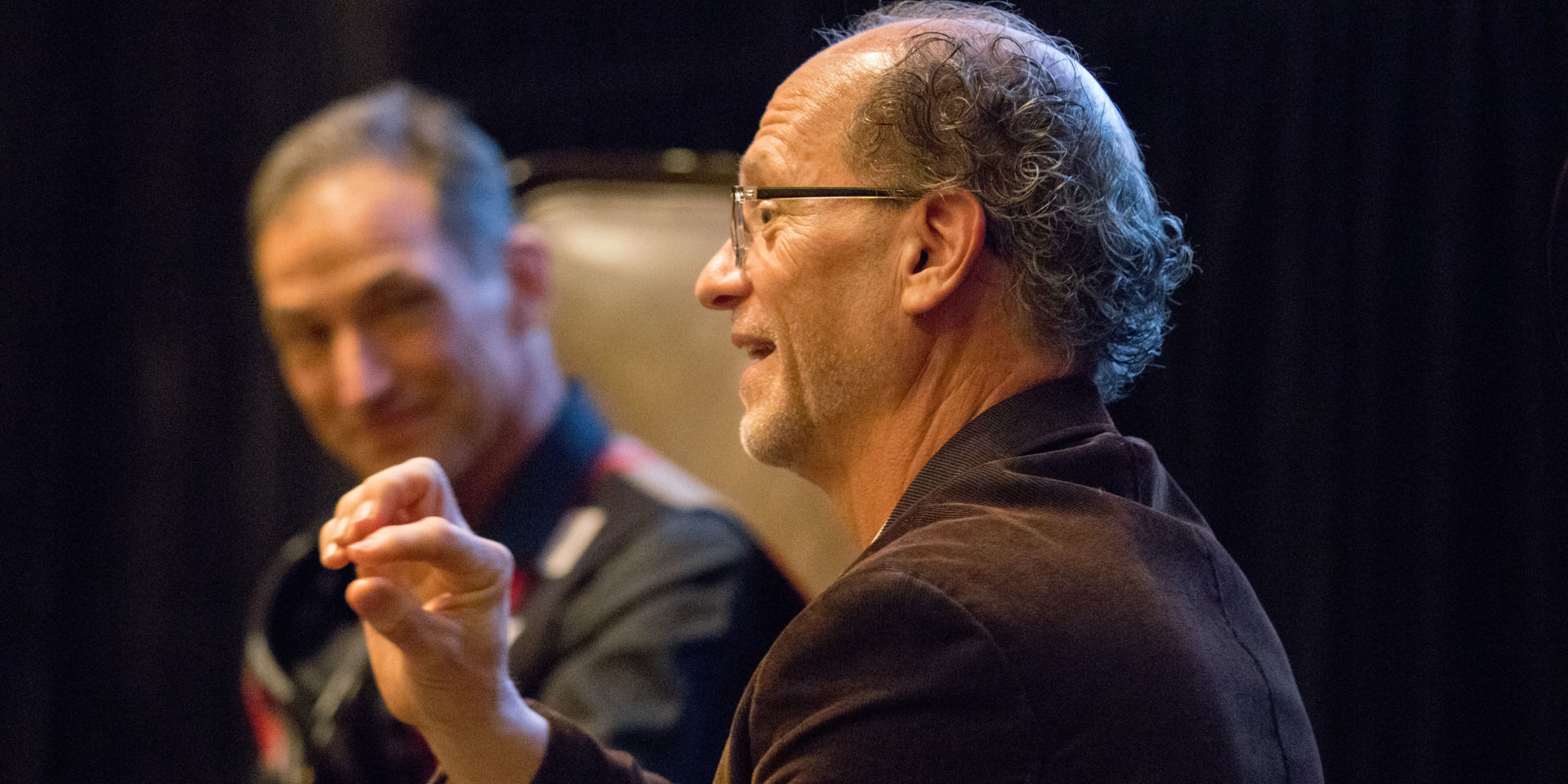
Creating a memorable guest experience
We’ve all had that experience where our nose picks up a familiar scent and we’re instantly flooded with emotions and memories that take us back to that exact moment in time. Just from the simple smell of something from our past, we are immediately transported there – an ex-girlfriend’s perfume, your grandmother’s lasagna, the ocean breeze – it’s like a nasal time machine. Now think how powerful it could be if we could create lasting memories as part of our guest experience? In my last two installments on “designing happy,” I discussed how building on guests’ anticipation and engagement are part of the recipe for a happy experience. In this last installment, we’re going to look at how we can create lasting memories for our guests to complete their happiness journey.
Our guests’ experience, from beginning to end: “Experiencing Self vs. Remembering Self”
Think about an experience, a vacation for instance – after we’ve returned home, unpacked the bags, after we’ve settled back in our routines and our suntans have faded – all we’re left with is our memory of the vacation. Daniel Kahneman, Nobel laureate and founder of behavioral economics, talks about two selves within the context of happiness – our “experiencing selves” and our “remembering selves.”
Believe it or not, these two selves can have two very different perceptions of the same experience based on a variable of factors. One of the most powerful of those variables is how the experience ended. For example, Kahneman refers to a story of a person enjoying a beautiful symphony. He spoke of how much he was enjoying the gorgeous sounds of the symphony until it ended with a terrible screeching sound. “It ruined the entire experience!” he told Kahneman. Well, not really – his “experiencing self” enjoyed the symphony for 19 minutes and 58 seconds out of the 20-minute experience. However, the “remembering self” looks back at the whole experience as not being enjoyable, which is important because it’s actually the remembering self that makes all future decisions – like whether to listen to the symphony again or where to book their next vacation. So it’s crucial that we guide the story of our guests’ experiences from beginning to end, so that their experiencing selves and their remembering selves are both pleased.
Engaging the senses
Neuroscience plays a huge role in not only how we experience, but also how we remember a given experience. Our senses are direct pathways to access the areas of the brain related to experience and our emotional memory. So it’s essential in thinking of designing a happy experience that we engage all the senses. For instance, studies have found that incorporating nature in design has multiple positive benefits, including lower blood pressure, raised productivity, improved well-being, and positive perception of the space. One study shows that hotels that used biophilic design (design that incorporates natural materials, light and greenery) in their lobbies showed an 11% increase in use-rate compared to that of conventional hotel lobbies. They also found that some of the active users weren’t hotel guests, but were in fact passersby coming to use the hotels’ coffee shops or other revenue-generating services. One Hotel in Brooklyn relied heavily on the senses to inform their design by installing tactile walls that guests are encouraged to touch and feel, incorporating greenery and artwork, attracting birds to sing by the doorway, and partnering with chefs to prepare “unfussy” food. They also installed triple-filtered water dispensers and a watercollection system. Signs in the rooms assure guests that they have an unlimited supply of natural water, and are reminded that they are helping reduce plastic waste and minimize water usage.
As our most powerful memory sense, our sense of smell is an easy way to trigger our hippocampus and file away a pleasant experience. Our CEO, Tom O’Donnell, recently visited the Historic Hotel Bethlehem in Bethlehem, PA. Tom admittedly is not one who typically notices the frilly and fussy kinds of details, but even weeks after his trip, he couldn’t stop talking about the signature scent that is piped throughout the hotel. It left such an impression on him that he has since ordered four bottles of the spray that they offer online. Creating a custom signature scent is a great opportunity to implant a lasting memory and entice brand loyalty.
Memories involving taste can often be very vivid because they really involve all five senses. The way the food looks, the sound it makes when you take a bite, the way it feels in your mouth, and of course the taste. When you combine this with the context of the experience itself, taste becomes a complex emotional sense memory. We all have happy childhood food memories, or perhaps negative food poisoning memories, which can have lasting impacts (and which is why fried clams are no longer my friend). Psychologist and neuroscientist Hadley Bergstrom explains, “The idea of nostalgia is that the sauce [for example] is associated not only with yummy pasta, but also with grandma and her home — that’s because food is so reinforcing. All of this stimuli in the environment become associated with the reinforcing properties of that yummy pasta sauce.” That’s why DoubleTree by Hilton offers a warm chocolate chip cookie to every guest upon check-in. The gesture suggests warmth and caring, and reinforces the brand. Offering a fresh treat upon arrival or a complimentary glass of champagne can achieve the same effect.
Our body’s largest organ, our skin, contains a network of nerves and touch receptors that report sensations to our brains. Our sense of touch is tightly involved in our perception of comfort and luxury. The smooth feel of a sleek door handle, the weight of a towel and the plush “give” in a sumptuous carpet are all ways that the sense of touch informs the mind and leaves an impression.
Nationwide is on your side. You just sang that sentence, didn’t you? Sound is another powerful and sneaky tool in creating memories and influencing perceptions. Think of the sound that a luxury car door makes when you close it, or the sound of water hitting a hammered copper sink. These sounds inform us of a certain extravagance or indulgence, but also seep into our subconscious. Hard Rock Hotels asks VIPs to fill out a questionnaire before their stay, including what their favorite bands and songs are. When the guest enters their room, they hear their favorite music, creating instant happiness and nostalgia.
End on a high note
As mentioned earlier, the end of any given experience is just as, if not more, important than any other part, because it dictates how the experience is remembered and whether or not one chooses to do it again. A recent study found that waiters who gave mints with the bill received on average, 21% higher tips. What can you offer experientially to your guests to leave them with a lasting, pleasant memory? I recently purchased a record player online as a gift for a friend. Not knowing much about record players, I used the chat function for help with choosing the right one. The customer service representative, Travis, was very knowledgeable and guided me through the technical stuff so that I felt confident about my final choice. At the end of the purchase process, I was sent an email to rate my chat with Travis. I rated him a deserving five out of five stars. For his excellent service, I was then given an option to reward Travis with my choice of coffee, lunch or a product. I happily selected the product offering and felt great about it. Not only did I get the joy of giving something to Travis, but I was also left with the impression that this company really cares for their employees and the customer service that they offer to their guests. My remembering self will definitely be ordering from them again and telling others about my positive experience. So, what’s your mint?







